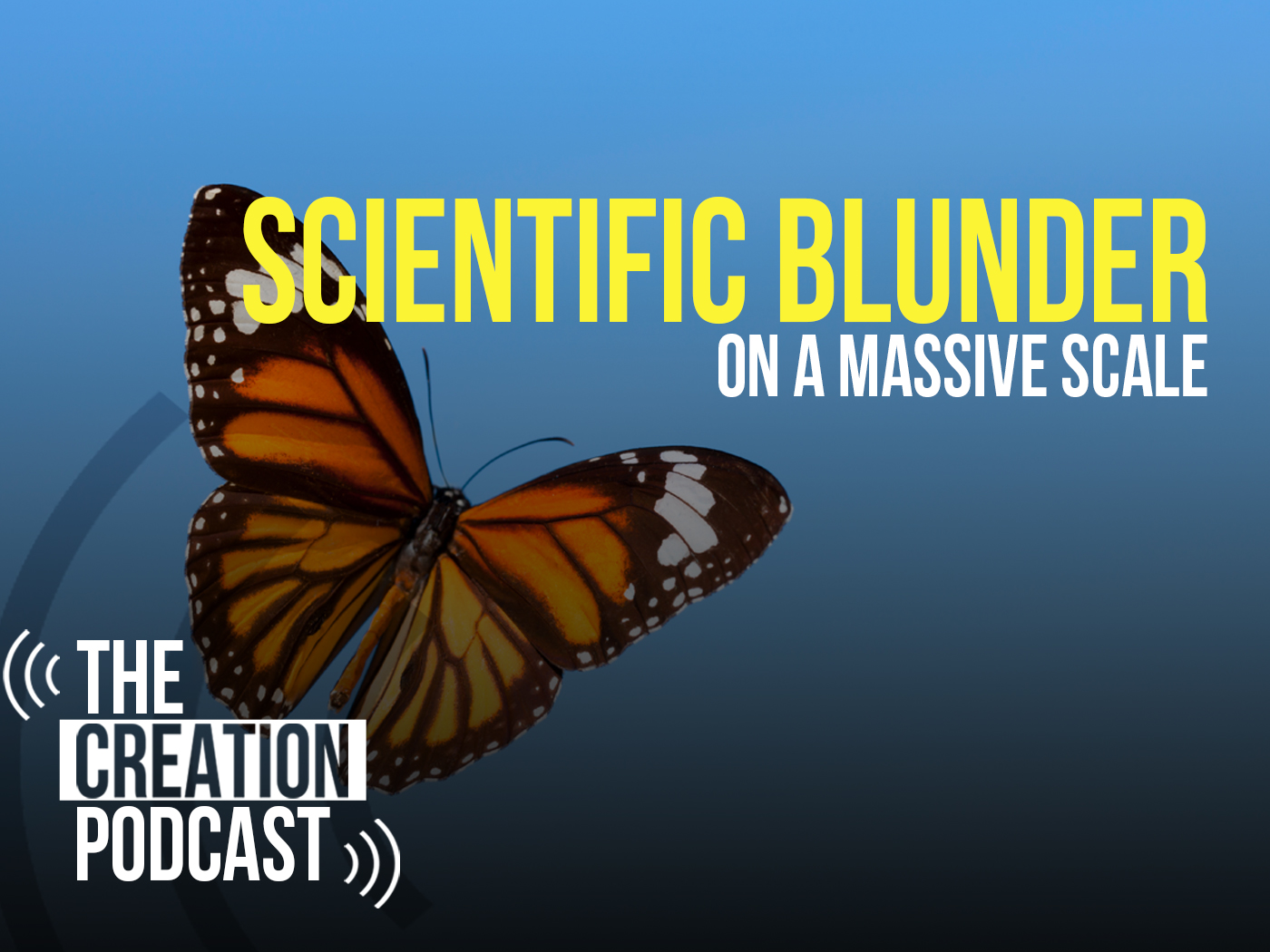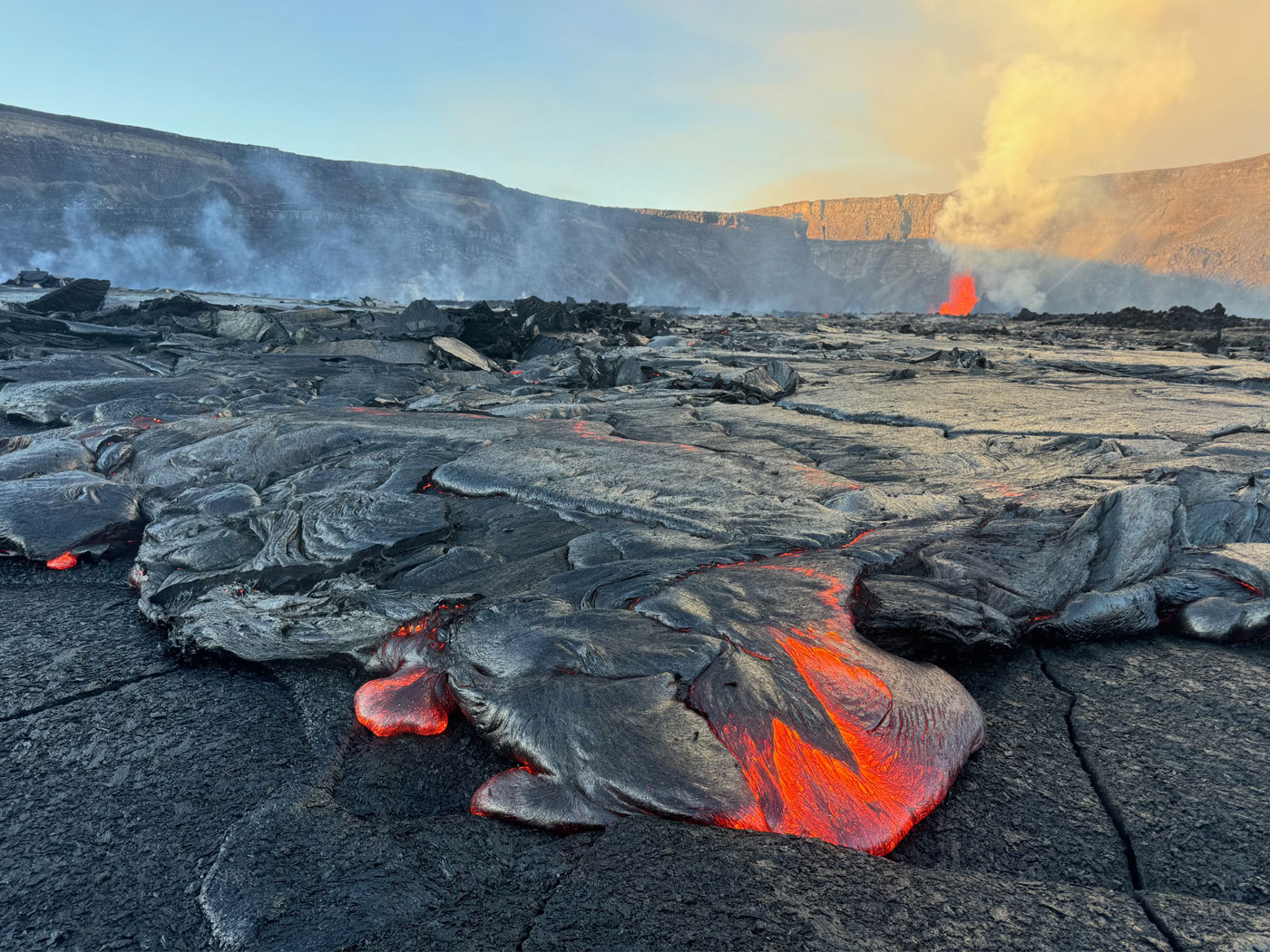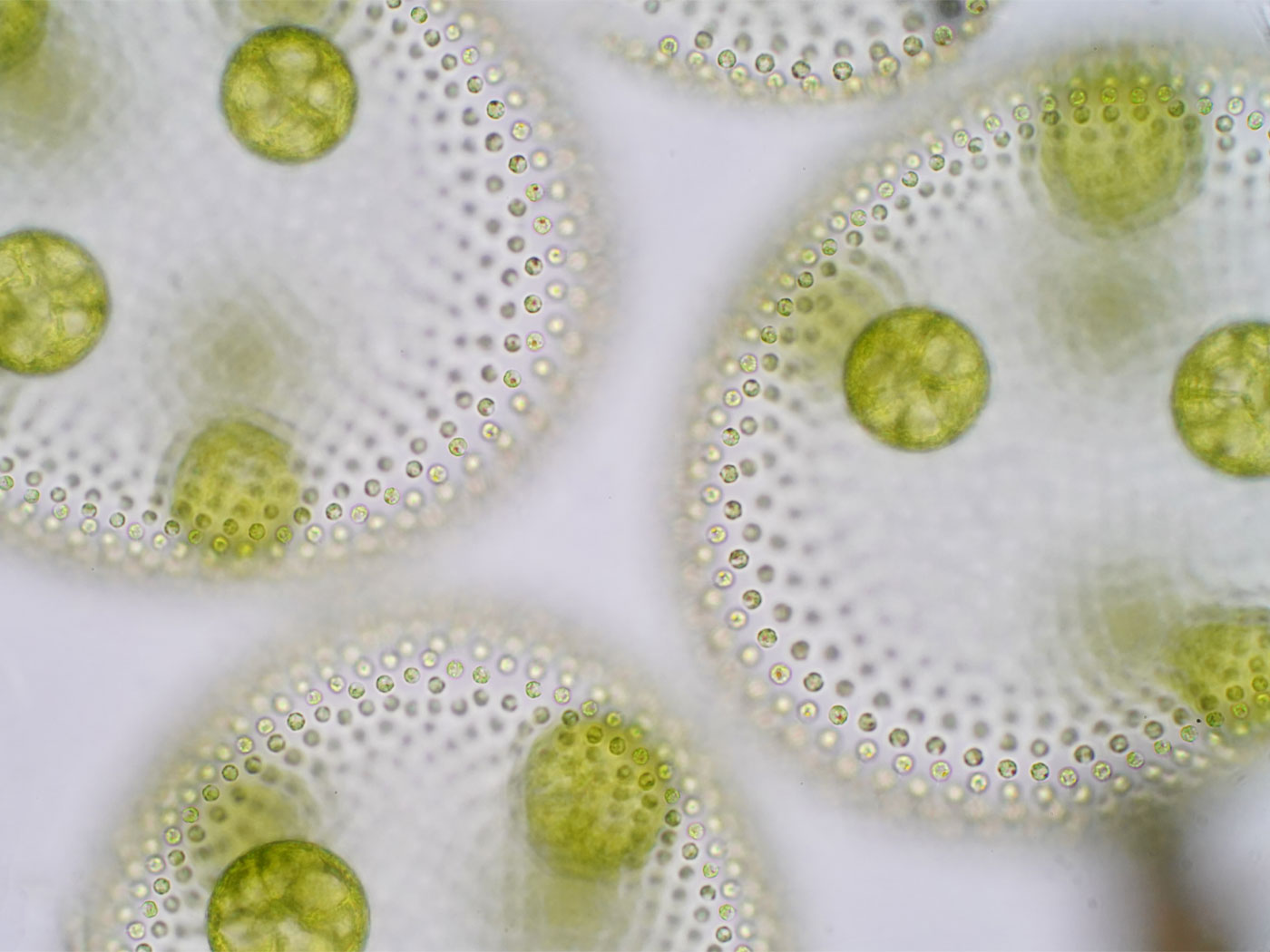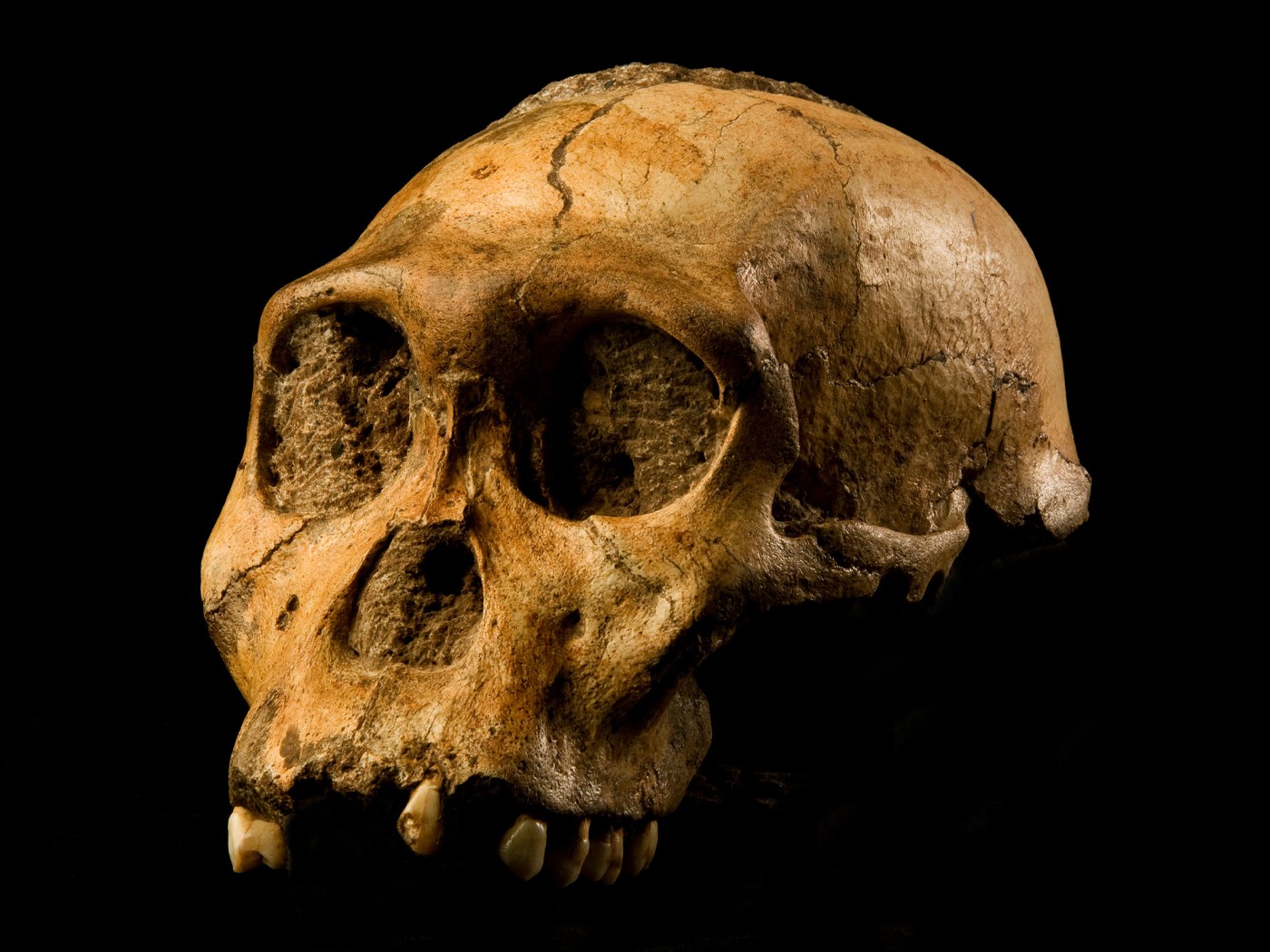Tomas Lindahl from Sweden, Paul Modrich from the United States, and American-Turkish researcher Aziz Sancar were awarded the 2015 Nobel Prize in Chemistry for uncovering how cells repair their own DNA.1 DNA repair mechanisms keep us alive, and understanding them undergirds a fuller comprehension of how cells work and fend off the disastrous consequences of too many mutations. The research of these three men implies that cells have always used DNA repair mechanisms, thus uncovering evolutionary mysteries that have not yet found sensible solutions.
Their pioneering work, mostly conducted in the 1970s and 1980s, opened a door to what has become a large research field. Investigators around the world continue to uncover new enzymes and communication networks, including feedback protocols and cellular subroutines, all aimed at protecting DNA. Good thing this happens in every cell on the planet, because otherwise DNA would lose vital information.
Alan Ashworth of the University of California, San Francisco told the AP about Lindahl, Modrich, and Sancar, "These really are the fathers of the field."2
In the 1970s, Tomas Lindahl discovered that even in the protective environment of a cell's nucleus, DNA suffers so much damage that human life should not be possible beyond one person's lifetime. Water degrades DNA, and more of these destructive chemical reactions take place in warm body temperatures than cooler climes. Back then, Lindahl figured that the only way we continue to exist is through DNA repair mechanisms.
But repair enzymes alone would not be enough for our species' survival. Other systems would have to notify when and where those enzymes are needed. So Sancar mapped the core cellular networks that control DNA damaged by UV radiation. Scientists have since uncovered other protocols at work in all kinds of cells, including the remarkable means by which some enzymes locate DNA damage sites.
One kind of enzyme sends an electron down a loop of DNA.3 If the electron returns, that means the DNA is intact. An electron that doesn't return means there's a break somewhere within that specific looped section of DNA. In that case, the enzyme targets associated proteins to zoom in on the error and perform a precision chemical patchwork.
Correcting mutations in the mature cells of an adult helps avoid cancer and other diseases, prolonging that individual's lifetime, but what about mutations that arise among cell divisions during embryonic development? Modrich found mechanisms that repair DNA damage that occurs during embryonic cell division.
The Nobel Prize committee rightly celebrated these chemists' contributions to understanding how cells repair DNA, but with this understanding came a conundrum for evolutionary biology: The DNA repair systems that must have been in place from the beginning would have erased the very mutations needed for evolution to transform one kind of creature into another.4
These DNA repair studies generate another evolutionary mystery. How could the first DNA repair systems have evolved in cells that did not yet have them but did have constantly degrading DNA? These decades-old questions remain unanswered.
Being essential to cellular life, DNA repair systems integrate with larger all-or-nothing cellular processes like an energy production and delivery system, an enzyme factory, and of course the DNA information itself that specifies all of the above. Since it had to be in place all at once, naturalistic evolutionary processes could never have assembled them one at a time. Instead, DNA repair systems must have been designed fully functional on purpose in the very first cell.
References
- 2015 Nobel Prize in Chemistry: Trio win for work on DNA repair. CBC News. Posted on cbc.ca October 7, 2015, accessed October 28, 2015.
- Ritter, K., and M. Ritter. Trio wins Nobel Prize for mapping how cells fix DNA damage. Associated Press. Posted on bigstory.ap.org on October 7, 2015, accessed October 28, 2015.
- Eriksen, K. A. 2005. Location of DNA damage by charge exchanging repair enzymes: effects of cooperativity on location time. Theoretical Biology & Medical Modeling. 2: 15.
- One recent evolutionary model revealed that worms could not have evolved into people, for example, without somehow first disabling their own DNA repair systems. See DeJong, W., and H. Degens. 2011. The Evolutionary Dynamics of Digital and Nucleotide Codes: A Mutations Protection Perspective. The Open Evolution Journal. 5: 1-4.
Neo-Darwinism's defenders would probably argue that enough mutations slip through cellular DNA repair systems to make evolution work, but they bear the burden of proof to perform lab experiments that demonstrate how these mutations, known to cause thousands of different diseases, could construct a single new, useful cellular tool—let alone enough new, useful cellular tools to transform an ape into a human.
*Mr. Thomas is Science Writer at the Institute for Creation Research.
Article posted on November 12, 2015.
















